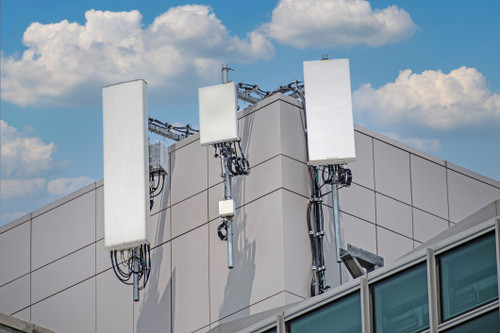Dual SIM vs Dual Modem
Dennis Mathew | March 2, 2020
The latest LTE modem offerings come with a lot of technology and features built in. Some of the benefits include better throughput speeds, automatic SIM detection, automatic carrier switching, and network flexibility for your deployments. This article clarifies the difference between dual SIM and dual modem cellular deployments.
Things to Remember:
- In a single modem, only one SIM can be active at a time.
- In the North American cellular market, a modem must have a specific carrier firmware image (modem firmware) loaded to work reliably on the respective carrier network (e.g., Verizon, AT&T, Generic (T-Mobile, Canada), Sprint).
Dual SIM (Single Modem):
A typical cellular gateway (also known as a cellular router) usually has a single modem with dual SIM slots. Only one SIM can be active or connected at a time. This setup is beneficial in the following scenarios:
- You have a data plan cap on the SIM. If one SIM reaches its cap, the gateway can failover to the second SIM.
- You have an “unlimited plan” but want to switch SIMs once the first SIM hits a usage threshold (e.g., wireless carriers throttle speed after a certain amount of data usage).
- You’re unsure which carrier provides the best coverage at the target site and want flexibility.
Carrier redundancy or failover is not recommended with single modem setups. The modem must "reflash" (switch modem firmware), a process that takes 3–7 minutes, to check signal strength and availability on a new carrier. Additionally, swapping to a second SIM often requires changing the APN for the new carrier.
The ideal use case for Dual SIM (single modem) is single-carrier deployments where data plan caps exist or carrier selection is uncertain during procurement. However, this setup cannot provide simultaneous connections or load balancing.
Dual Modem:
Some cellular gateways are available with dual or even quad modems. In this setup, the gateway houses two or four physical cellular modems (embedded, modular, or a combination). Each modem supports one or two SIM slots, providing four to eight total SIM slots.
Since this is a dual/quad modem setup, multiple SIMs can be active simultaneously — one SIM per modem. This deployment is useful in the following scenarios:
- All scenarios described above for single modems, plus:
- You want carrier redundancy for added resilience (e.g., automatic failover or handoff between Verizon and AT&T based on coverage or signal). Failover is instantaneous, allowing real-time signal evaluation and switching.
- You need to utilize multiple SIMs simultaneously for higher bandwidth (load balancing or bonding).
The ideal use case for dual modem setups is carrier redundancy and/or load-balancing or bonding applications. Multi-modem gateways handle complex multi-carrier environments more effectively.
Cellular gateways continue to evolve, offering greater flexibility, agility, and performance for network deployments. Contact us to help you determine the best solution for your cellular gateway needs.



